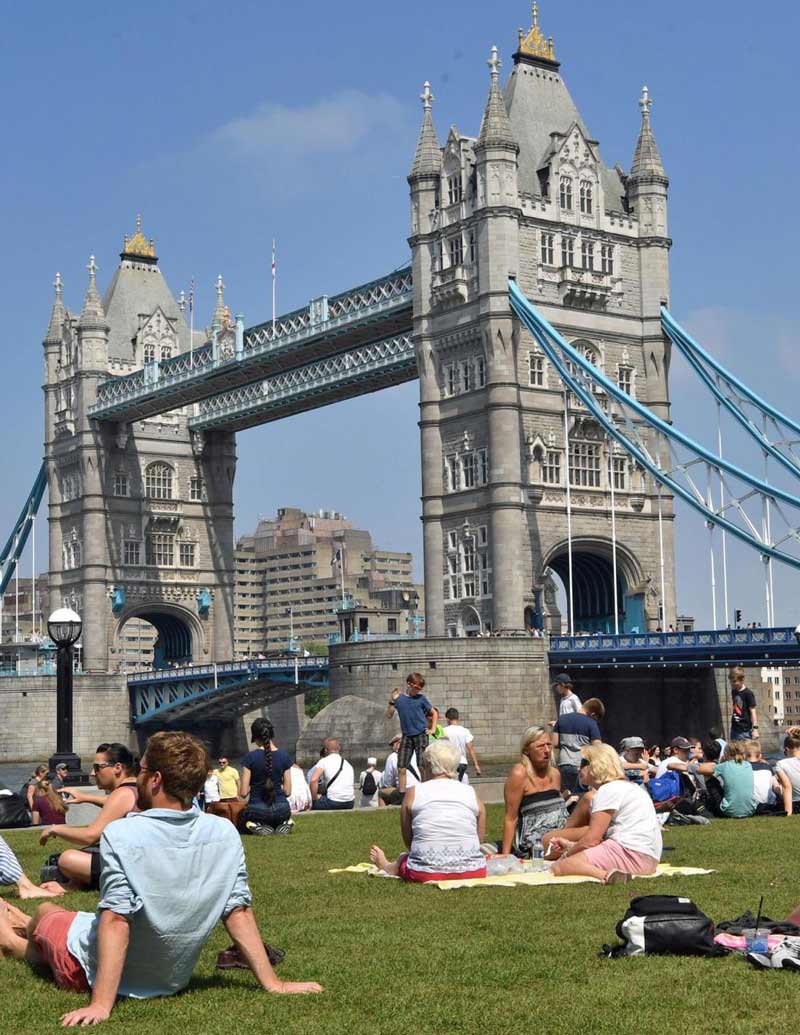
Introduction
The weather in London is a topic of great interest not only for locals but also for countless visitors who flock to the capital each year. With its unpredictable nature, London weather can significantly influence travel plans, outdoor activities, and even the city’s vibrant cultural scene. Understanding the patterns and nuances of London’s weather can help both residents and tourists make the most of their time in this iconic city.
Current Weather Trends
As of October 2023, London is experiencing a typical early autumn pattern characterized by mild temperatures and occasional rainfall. The average daytime temperature hovers around 15-18°C (59-64°F), while nights can dip to as low as 10°C (50°F). According to the UK Met Office, London has seen a slight increase in rainfall this month, which is expected to continue intermittently throughout the season. These patterns are consistent with broader climate trends observed over the past few years.
Seasonal Variations
London weather varies significantly with the changing seasons. In winter, temperatures can drop to freezing, with occasional snow, while summers can bring heatwaves with temperatures exceeding 30°C (86°F). The spring and autumn months often feature a mix of sunny days and rain, making layers a practical choice for anyone navigating the city’s unpredictable climate. Wind conditions also change throughout the year, contributing to the overall perception of temperature.
Impact on Daily Life
The weather in London can have a direct impact on daily life, particularly for those commuting or engaging in outdoor activities. Rainy days often see an uptick in public transport usage while sunny days attract crowds to parks and outdoor venues. Recent rainfall has also raised discussions about the city’s drainage and water management systems, which must cope with sudden downpours. The London Evening Standard recently reported on how heavy rains prompted discussions about urban flooding and infrastructure resilience, demonstrating how significant weather events can align with urban planning initiatives.
Conclusion
London weather remains an essential consideration whether one lives in the city or is visiting. With its dynamic patterns, staying informed can help residents and tourists alike make the most of their experiences. Looking ahead, experts anticipate that climate change will continue to influence weather patterns, leading to more frequent and unpredictable weather events. As Central London prepares for the winter months, continued efforts towards sustainability will be vital in mitigating the impacts of changing weather. Understanding London’s weather, therefore, is not just about recording temperatures—it’s about adapting to and planning for a city that continues to change.



